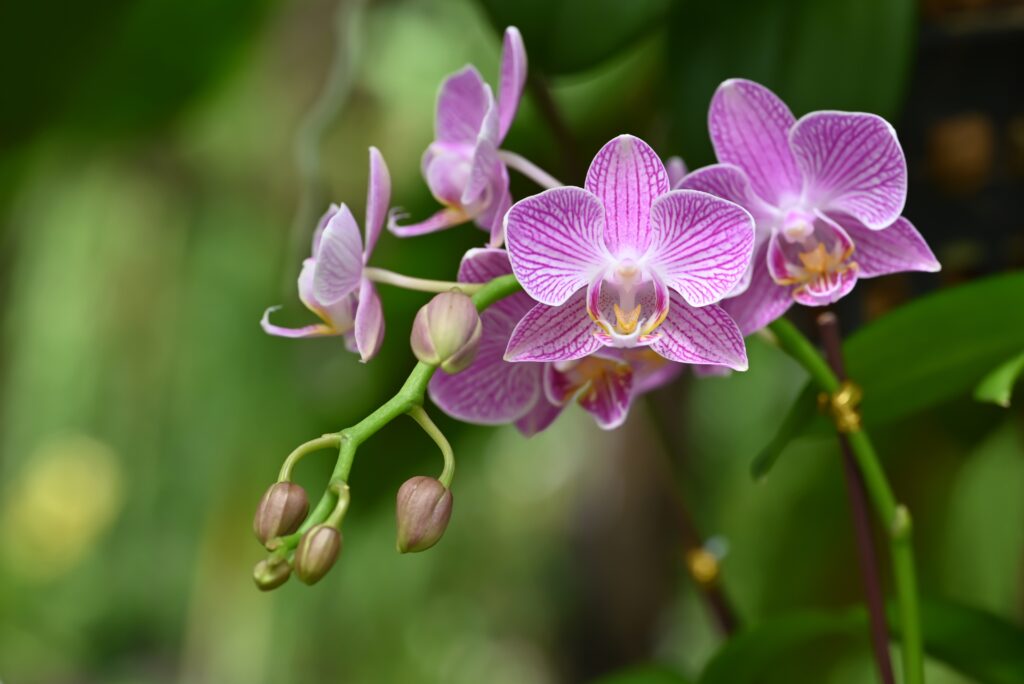Rhizanthella is one of nature’s most unusual orchids—an elusive plant that spends its entire life underground. It has no leaves, never emerges above the soil, and survives by drawing nutrients from a fungus that, in turn, connects to the roots of the broom bush (Melaleuca uncinata).
The orchid first stunned the scientific world in 1928, when a farmer in Western Australia unearthed it while ploughing a field. Nearly a century later, it remains incredibly difficult to locate. Botanists search potential habitats by carefully scraping away soil to reveal its hidden flowers—small reddish blooms encased in creamy-pink bracts. Despite being buried, the blossoms emit a strong vanilla-like scent and are thought to be pollinated by termites or tiny flies.
There are only five known species of Rhizanthella, all among the rarest orchids on Earth. With very few individuals left, they face severe threats from habitat loss and prolonged drought linked to climate change.
In response, botanist Kingsley Dixon of the University of Western Australia is leading conservation efforts. His team is cultivating the orchid’s symbiotic fungus alongside Rhizanthella seeds in the laboratory, then transplanting them to potted Melaleuca bushes in hopes of re-establishing the species.
This underground orchid, invisible to most eyes, serves as a reminder of how much of Earth’s biodiversity remains hidden—and how fragile it truly is.


